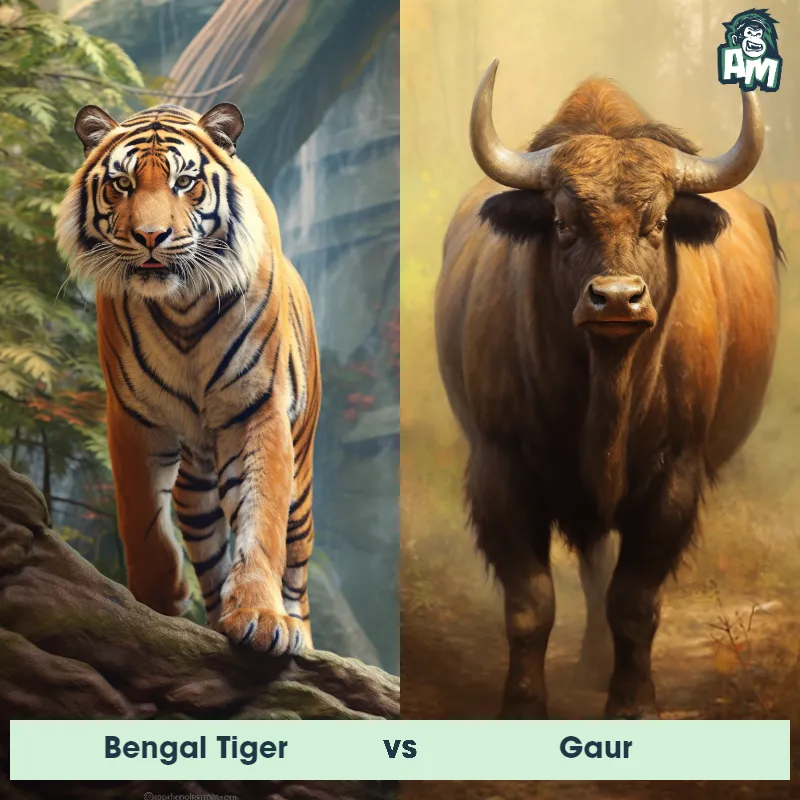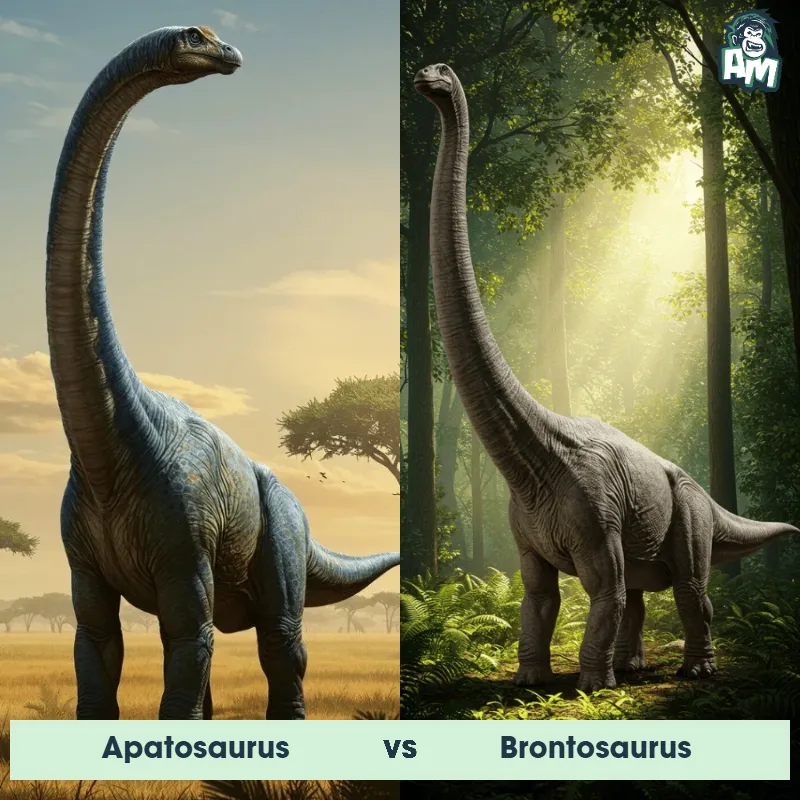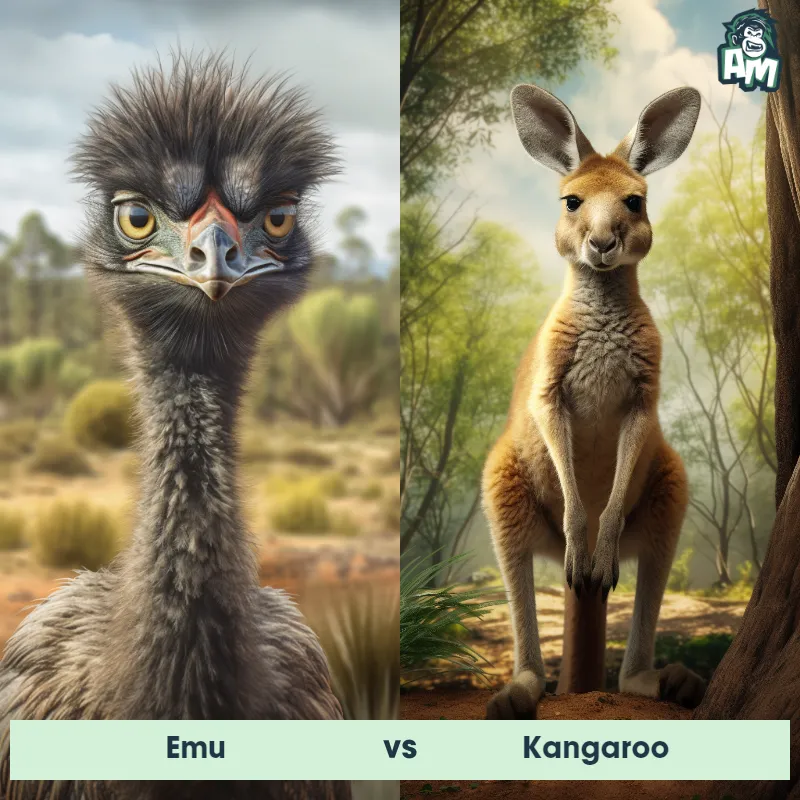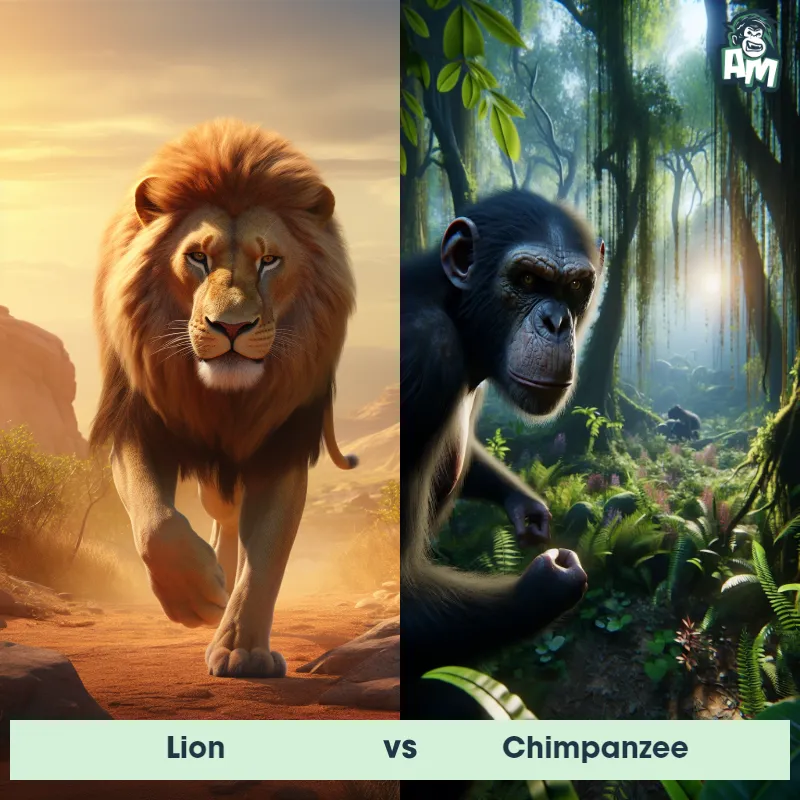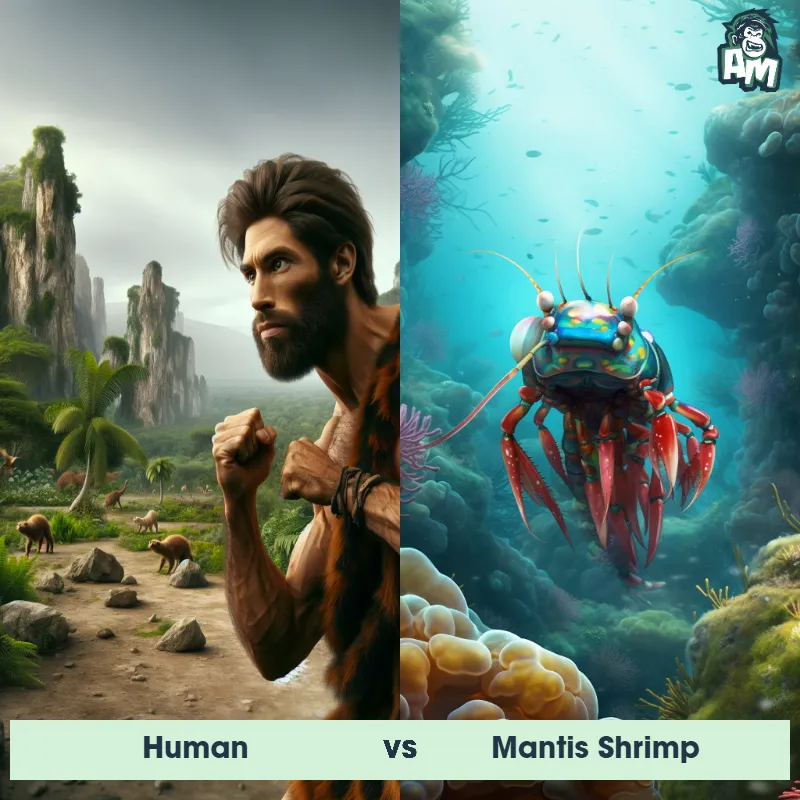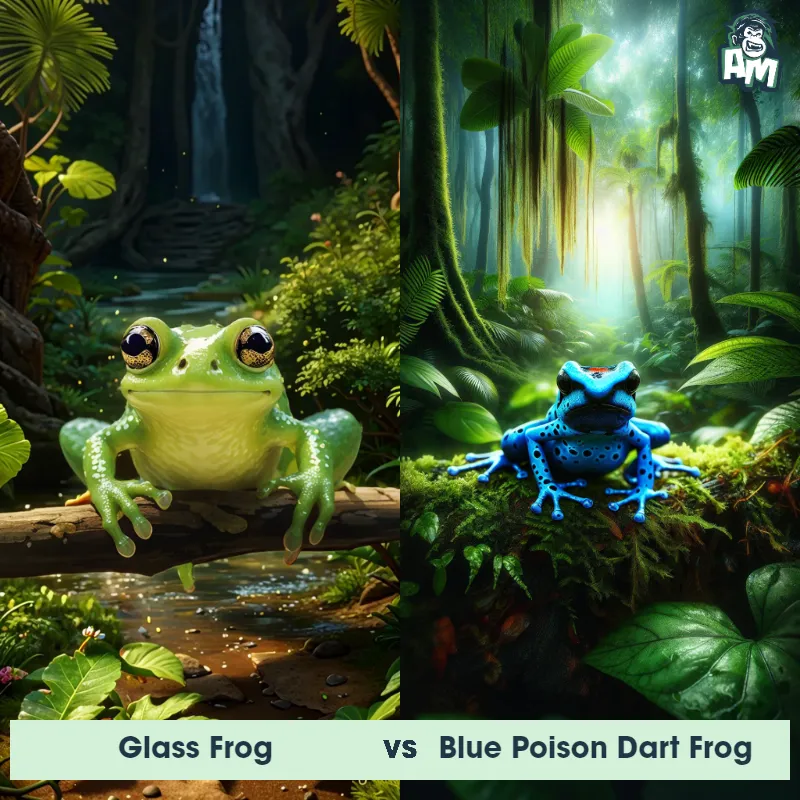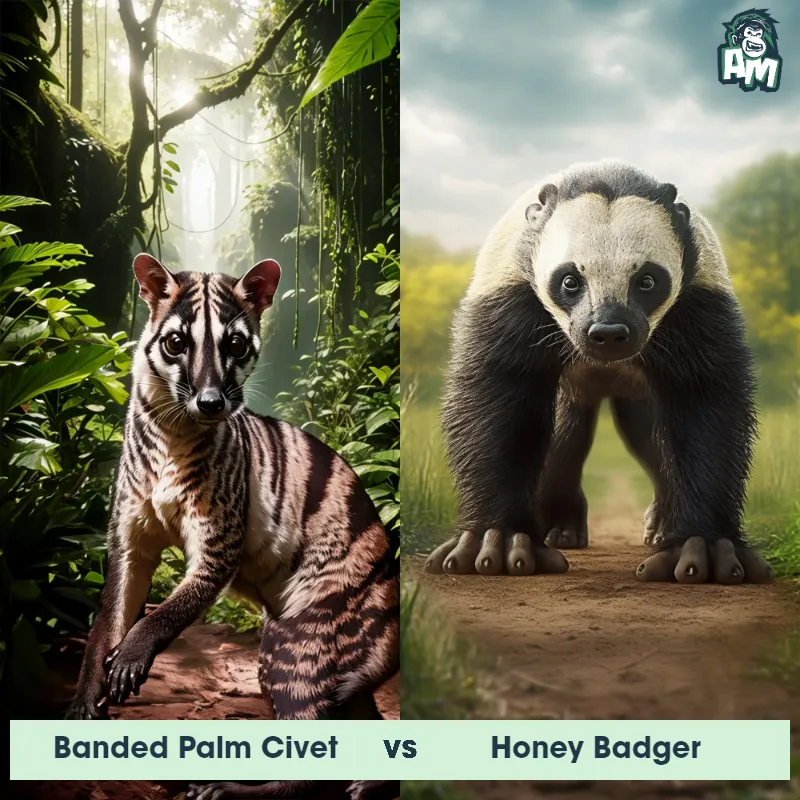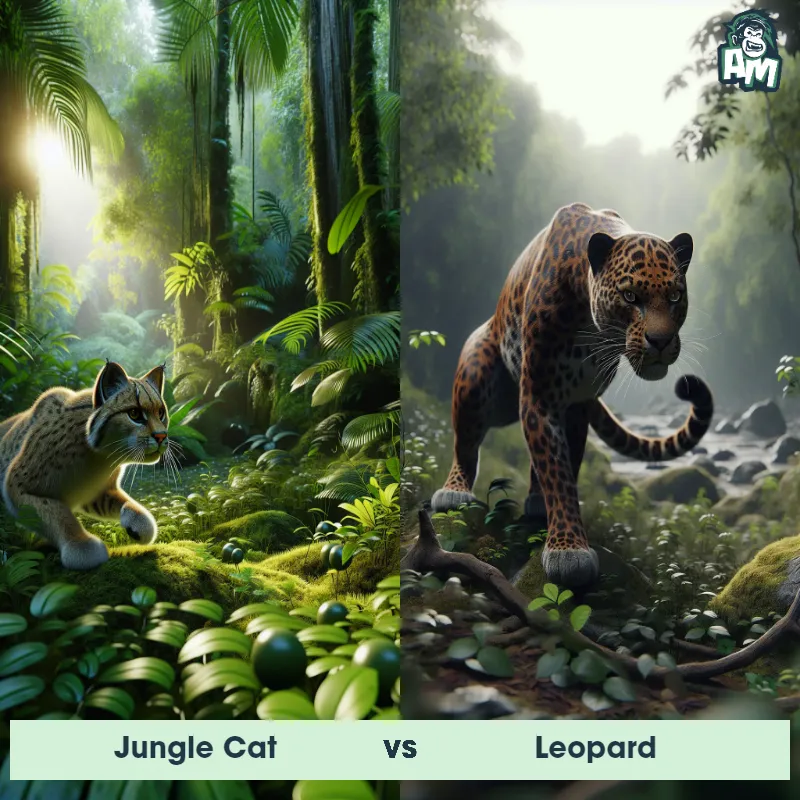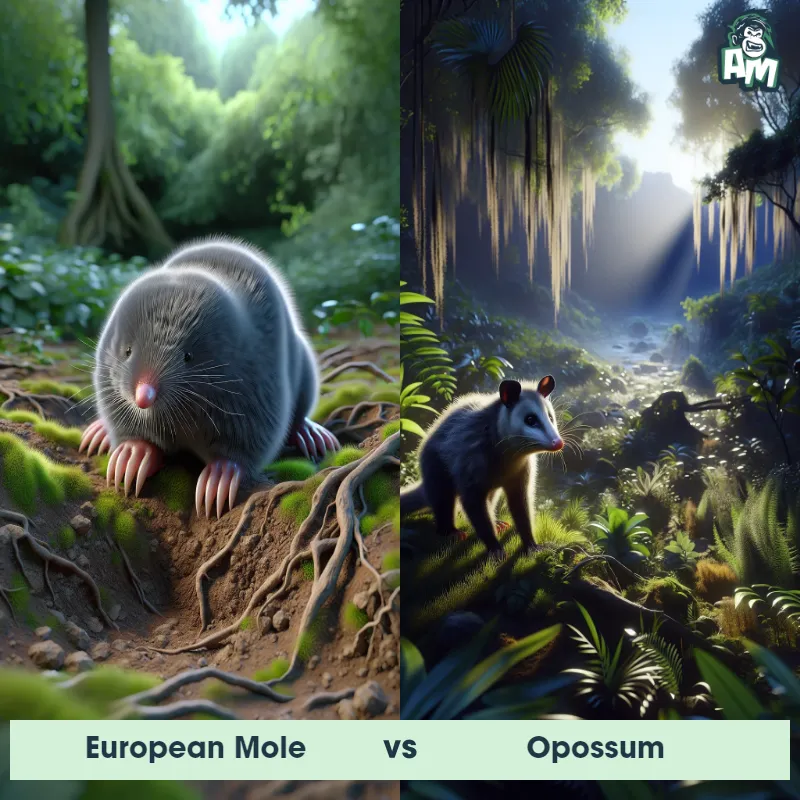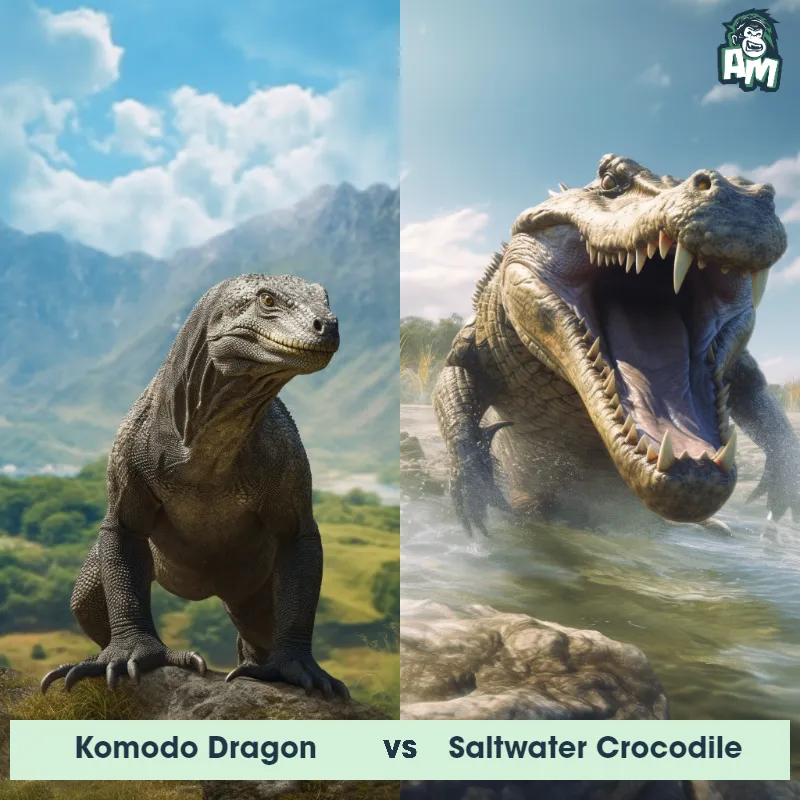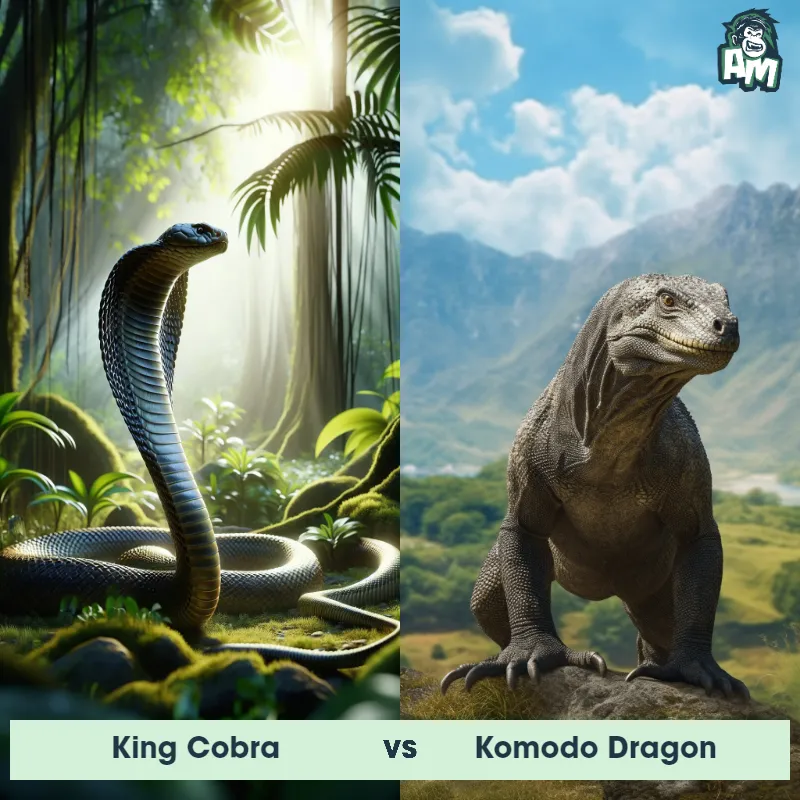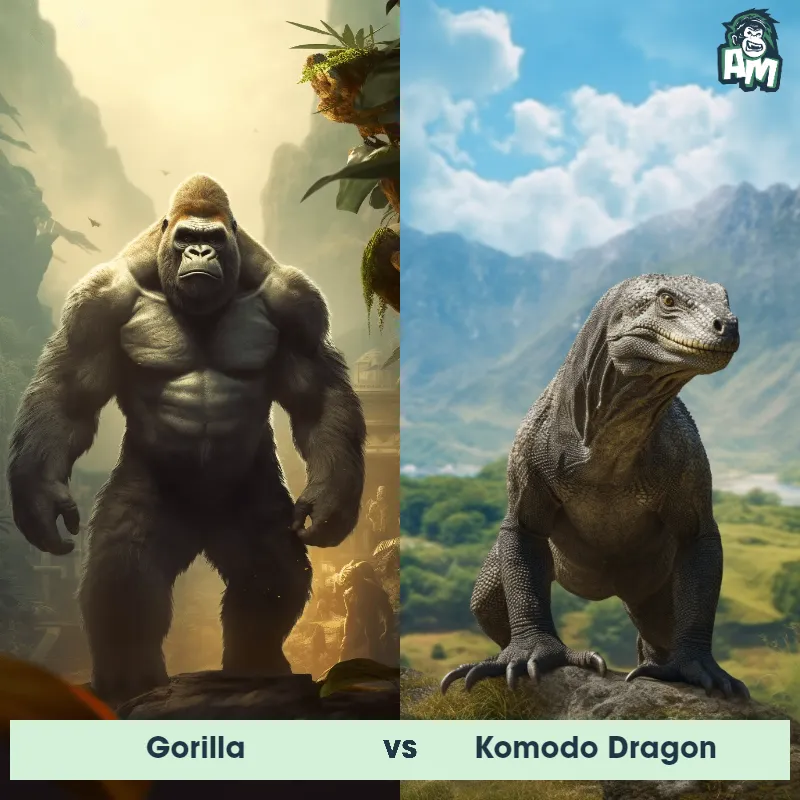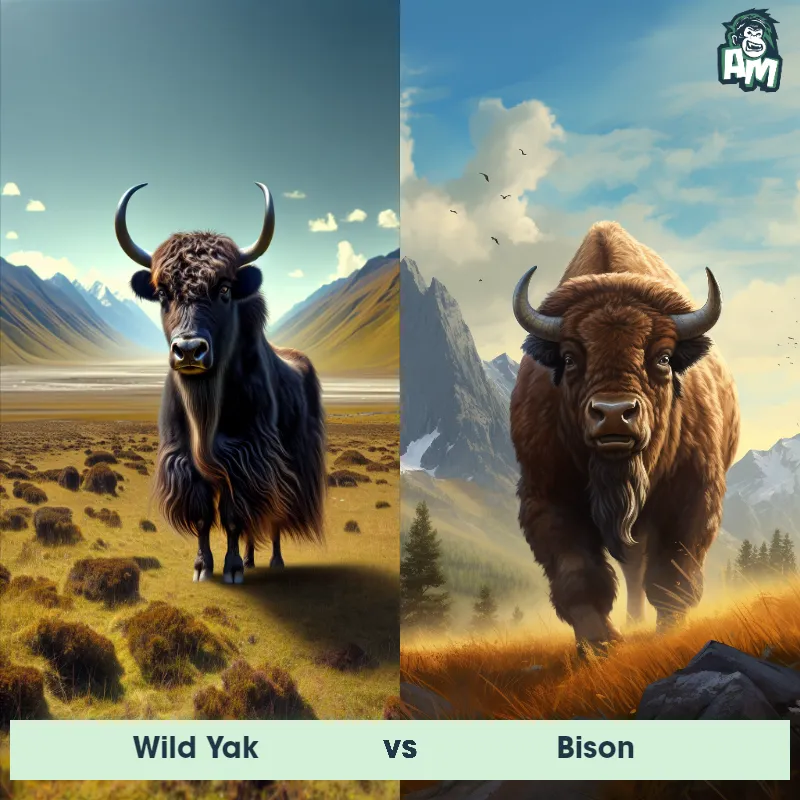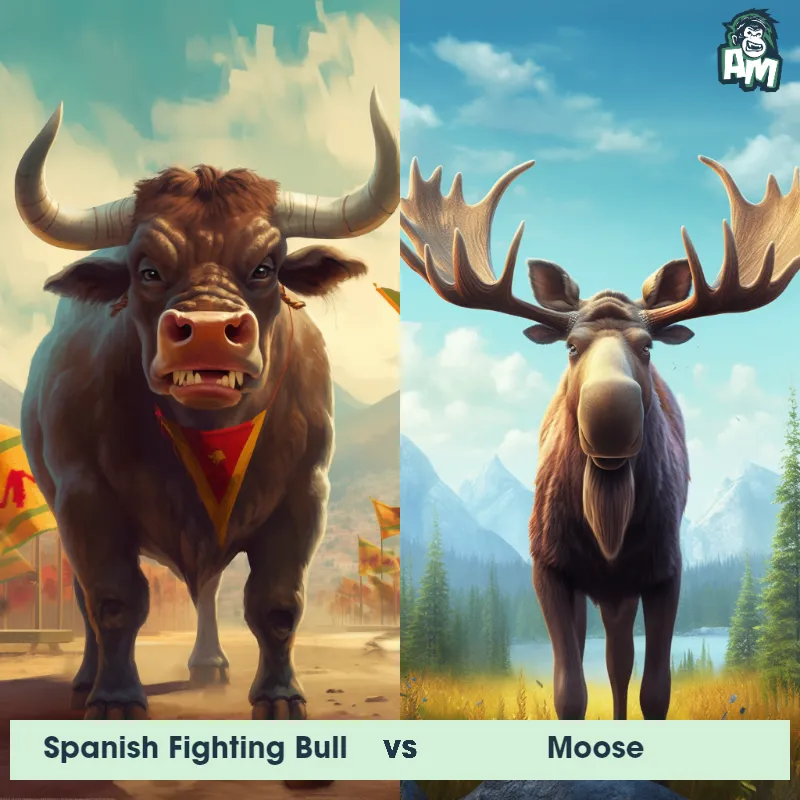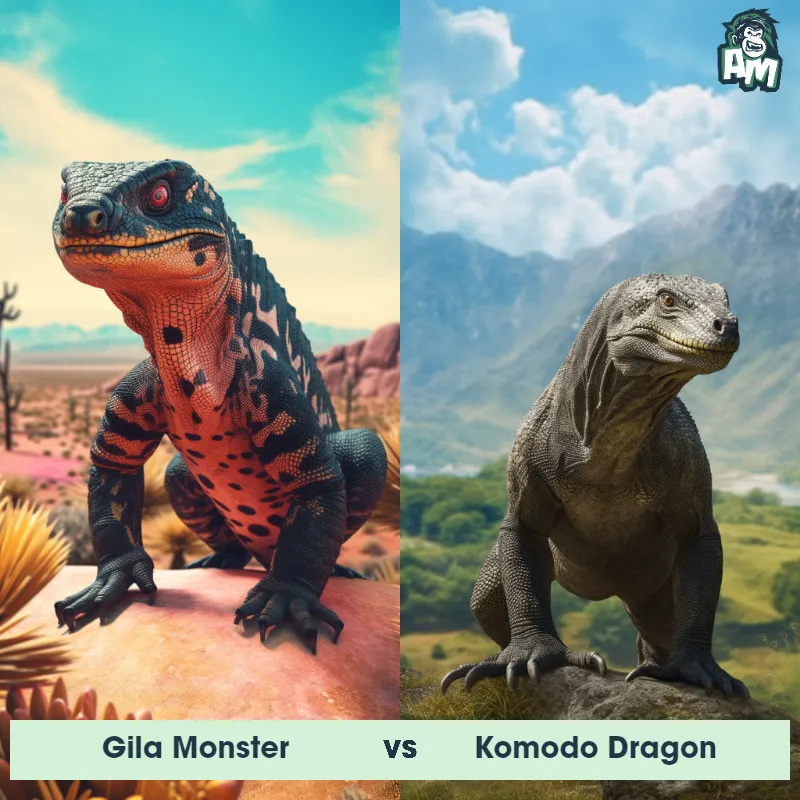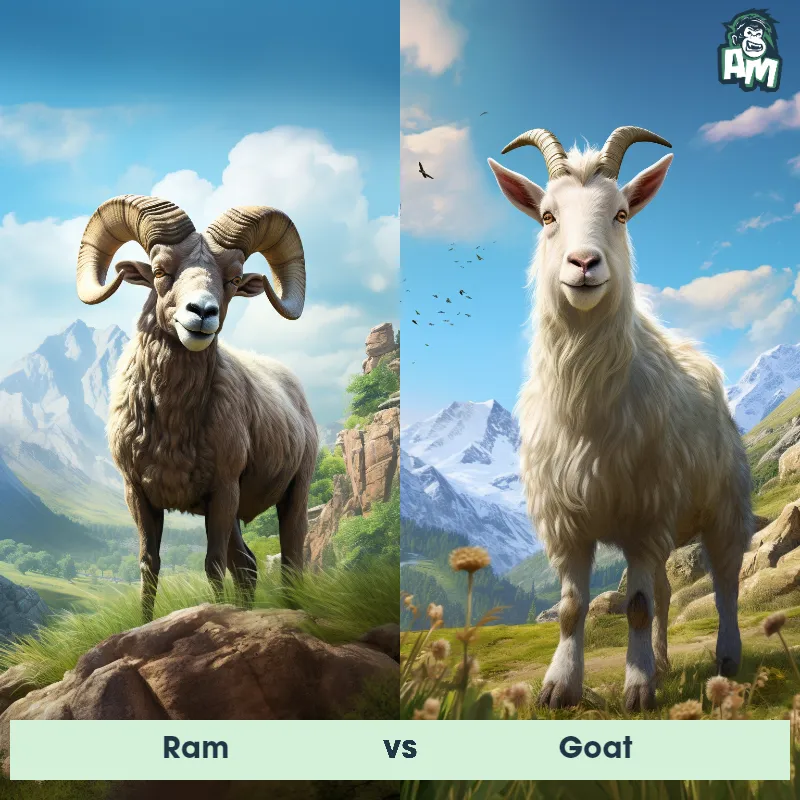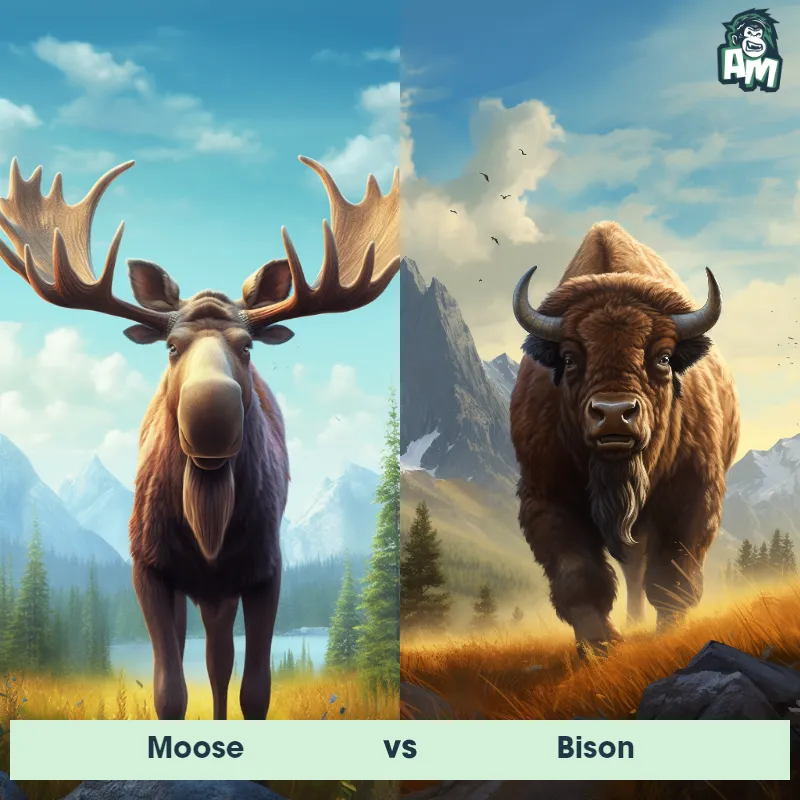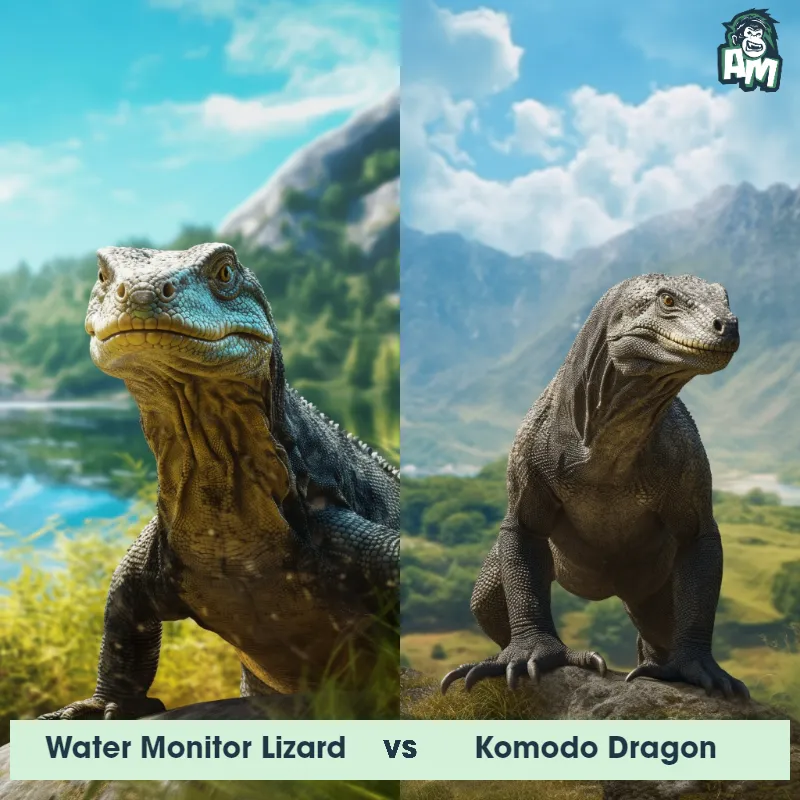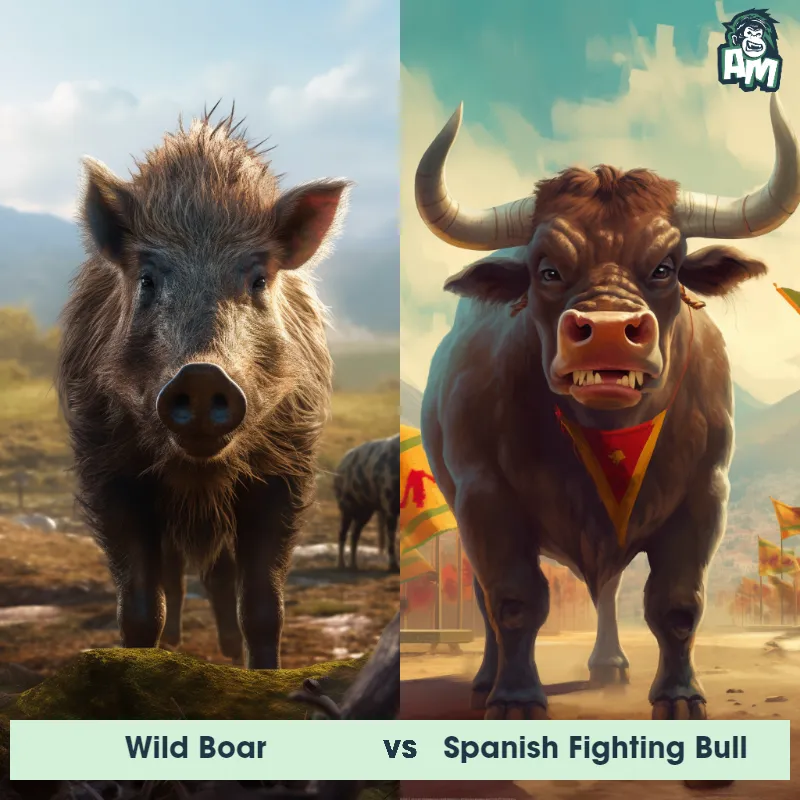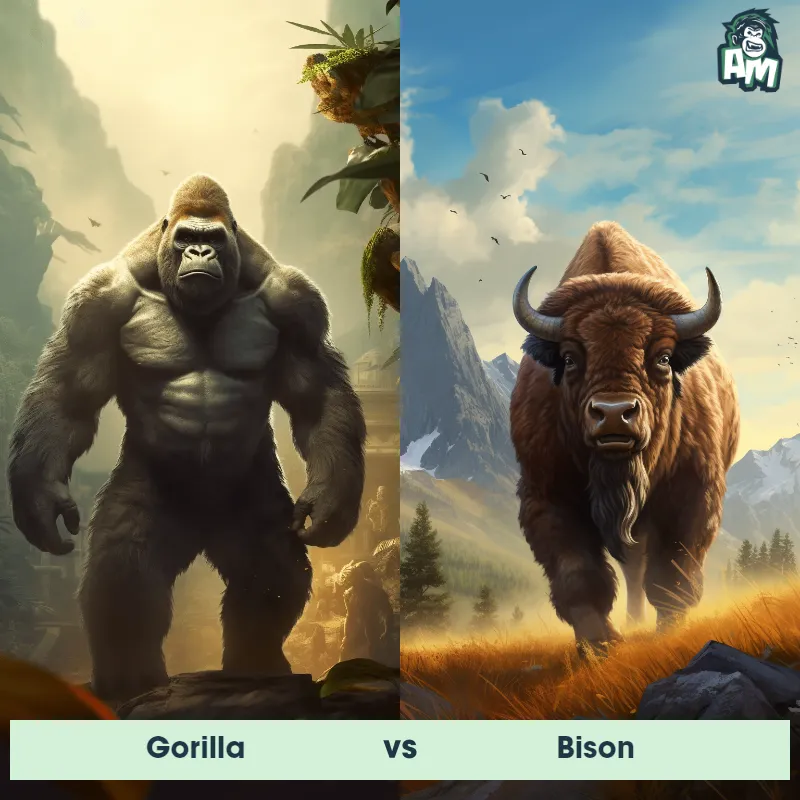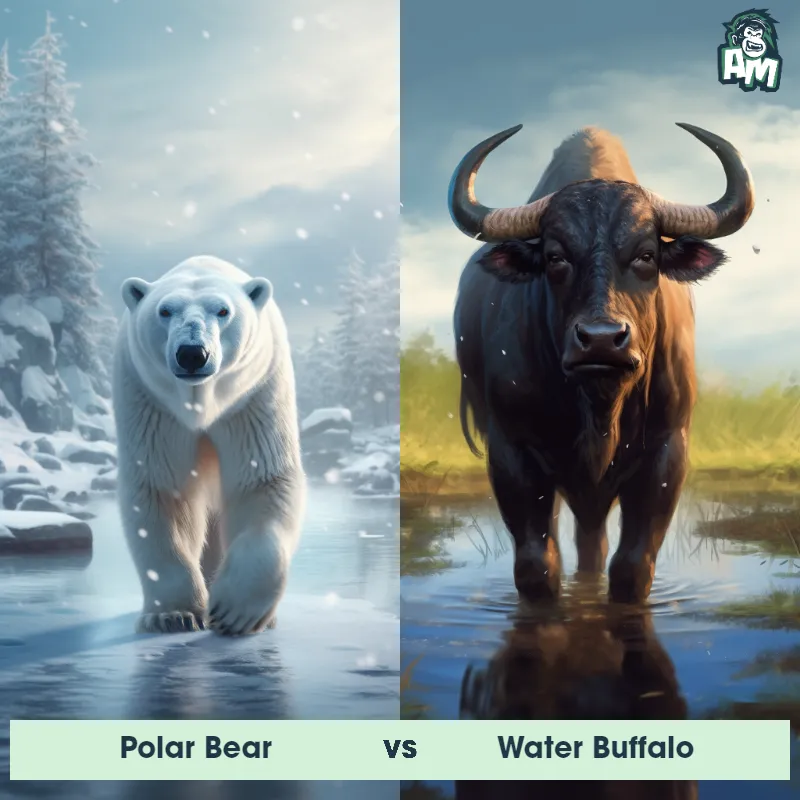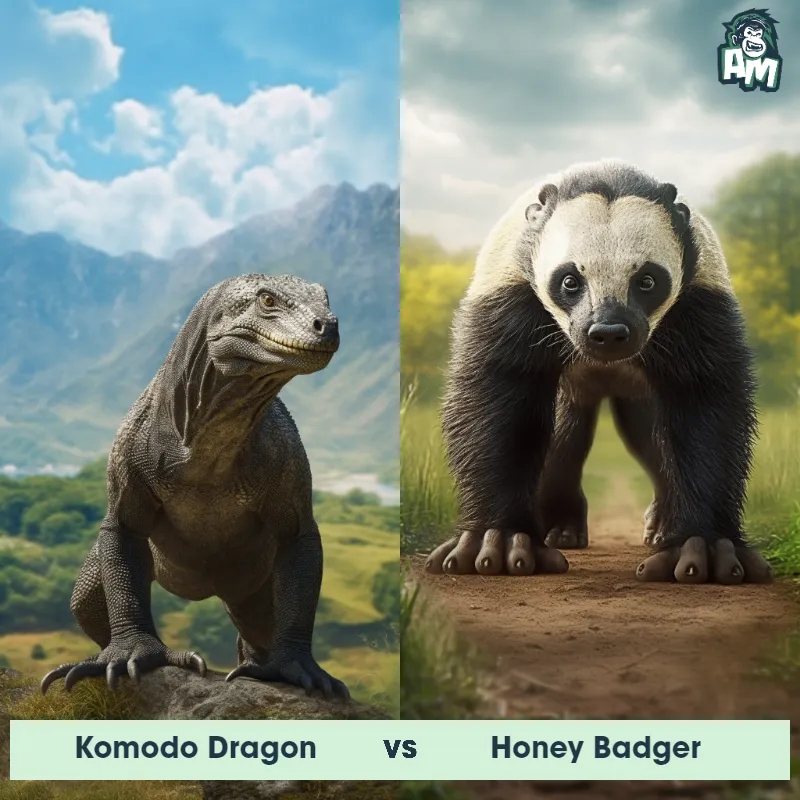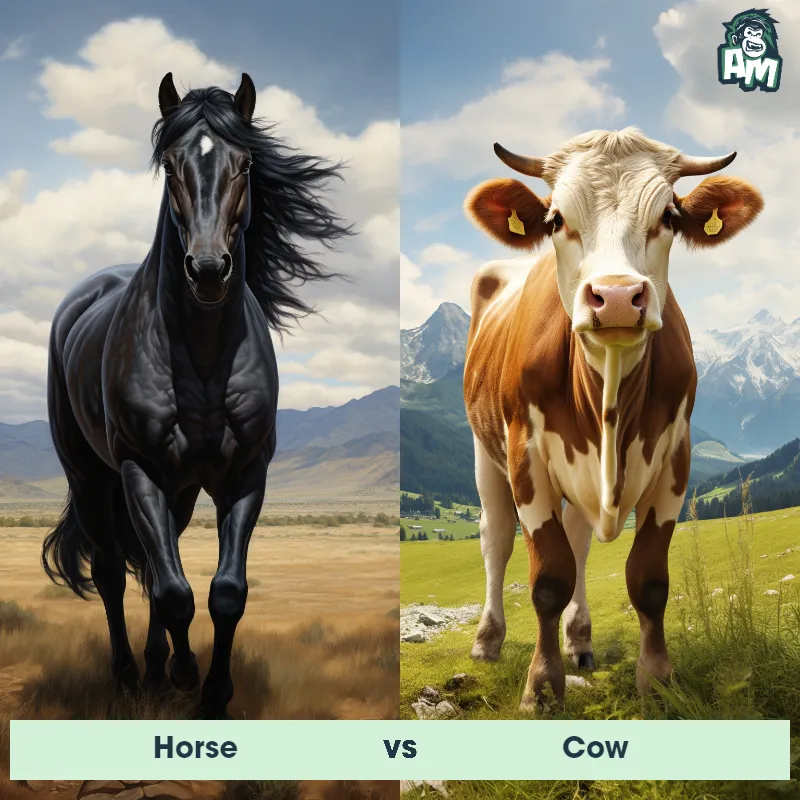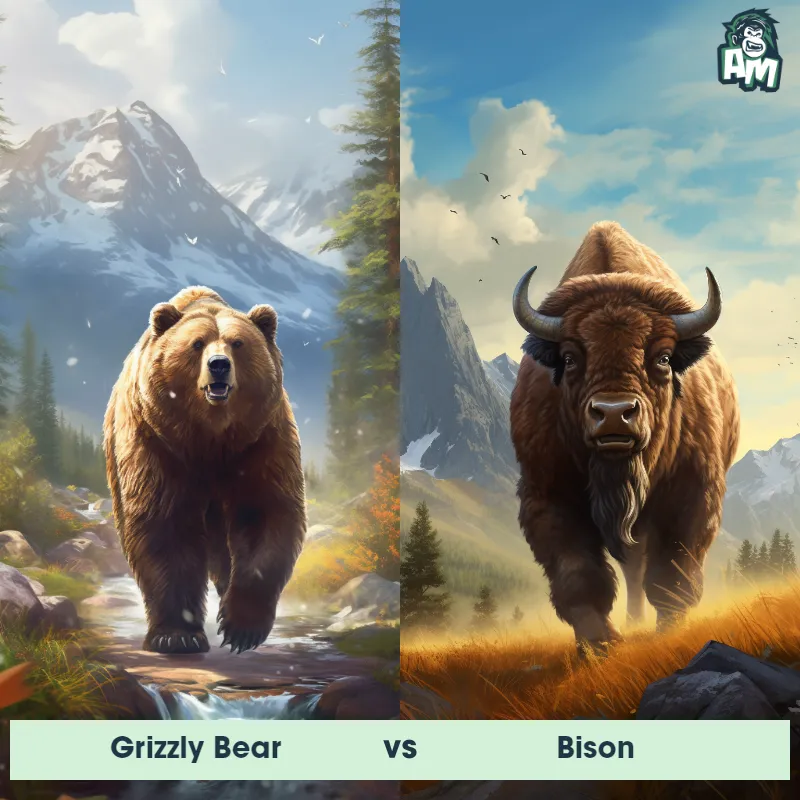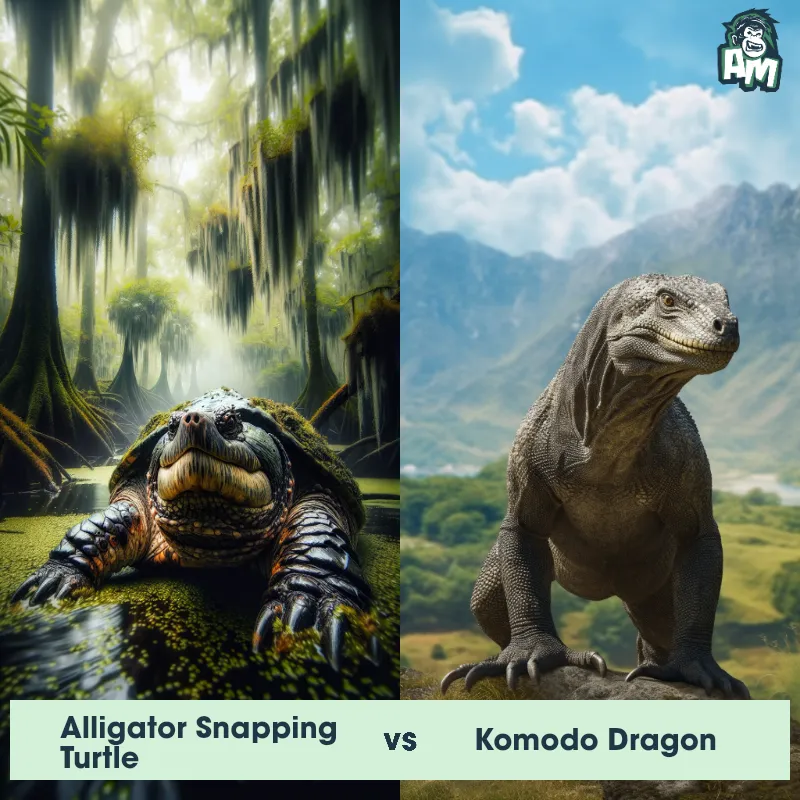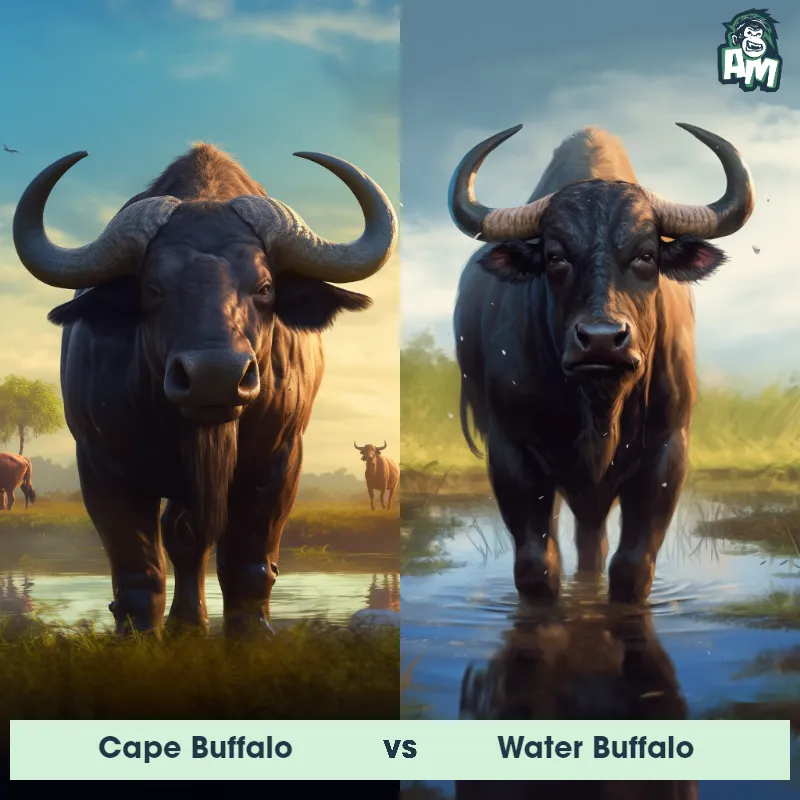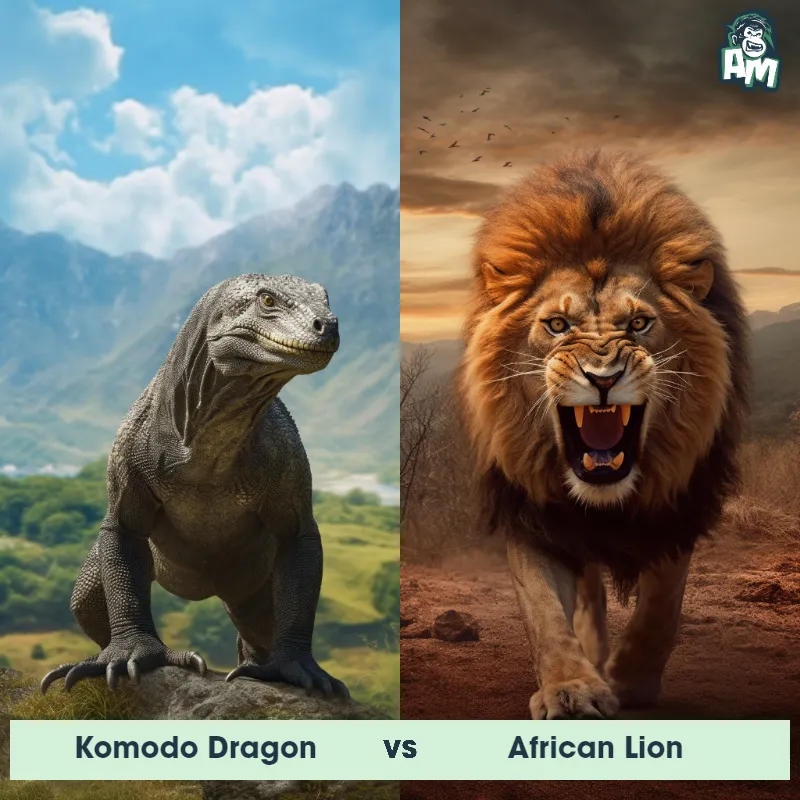Komodo Dragon vs GoatSee Who Wins
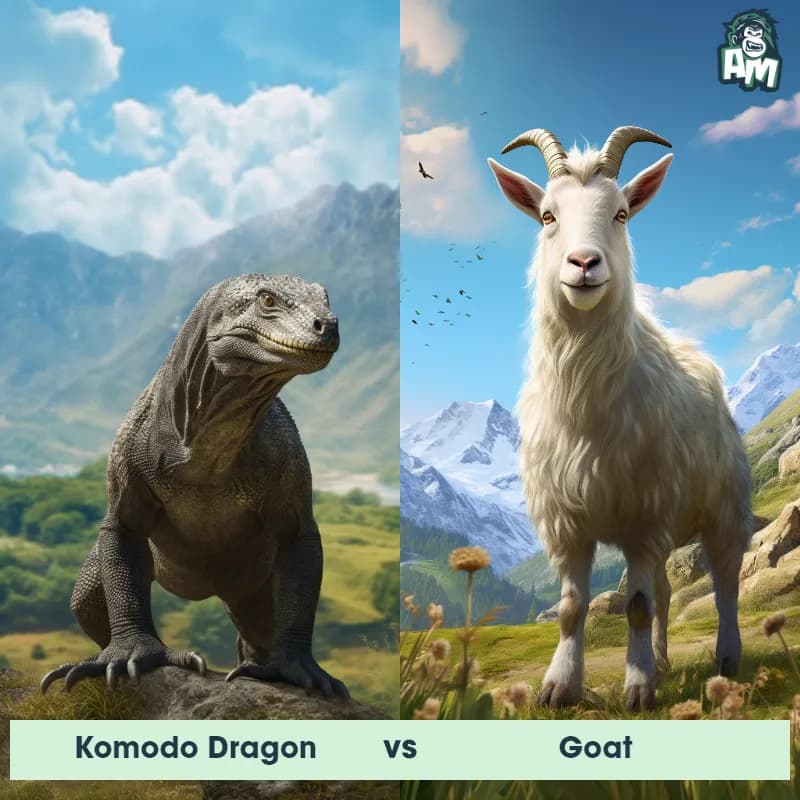
Ladies and gentlemen, welcome to the thrilling animal matchup of the evening! We have an epic clash between a fierce Komodo Dragon and a brave Goat. Both these creatures are known for their agility, strength, and cunning. It's the battle of the fittest, and we're about to witness an intense three-round bout. Get ready for some adrenaline-pumping action!
Contender 1: Komodo Dragon
The Komodo Dragon, also known as the Komodo monitor, is a large species of lizard that can grow up to 10 feet long and weigh up to 300 pounds. They have rough, scaly skin, sharp claws, and a long, powerful tail. Their teeth are serrated and can deliver a venomous bite that can cause paralysis and death in their prey. They are native to the Indonesian islands of Komodo, Rinca, Flores, Gili Motang, and Padar.
Fun Fact: Komodo Dragons have a keen sense of smell and can detect carrion from up to 5 miles away.
Contender 2: Goat
The Goat is a versatile, domesticated livestock animal known for its adaptability to various climates and environments worldwide. They have rectangular pupils, short tails that are pointed upwards, and sturdy, cloven hooves. Most goats possess a pair of horns. They are covered in a coat that can vary greatly in color, from white, black, brown to multicolored patterns. Their primary use is for milk, meat, and fiber production, but they are also kept as pets due to their friendly and curious nature.
Fun Fact: Goats are excellent climbers and can scale steep, rocky terrains with ease, even trees in some cases, due to their balance and strong hooves.
Matchup Stats
| Komodo Dragon | Goat | |
|---|---|---|
| Size | Up to 10 feet (3 meters) long | 17-42 inches tall at the shoulder (43-107 cm) |
| Weight | Up to 300 pounds (136 kilograms) | 100-300 pounds (45-136 kg) |
| Speed | Speed: 12 mph (19.31 km/hr) | 15mph (24km/h) |
| Key Strength | Powerful jaws and sharp teeth | Strong horns and agility |
| Biggest Weakness | Slow movement and lack of agility | Lack of size and strength compared to larger predators |
Current Votes
Komodo Dragon vs Goat
See Who Wins
View More Matches
Looking For More?
Similar Matches
Scientific Stats
| Komodo Dragon | Goat | |
|---|---|---|
| Scientific Name | Varanus komodoensis | Capra aegagrus hircus |
| Family | Varanidae | Bovidae |
| Habitat | Terrestrial | Mountainous regions, grasslands, forests, and deserts |
| Geography | Indonesian islands of Komodo, Rinca, Flores, Gili Motang, and Padar | Worldwide |
| Diet | Carnivorous, primarily eats deer, pigs, and water buffalo | Herbivore, eats grasses, shrubs, and leaves |
| Lifespan | 20 years - 30 years | 8 years - 18 years |
Key Differences between Komodo Dragon and Goat
- Skin texture: The Komodo Dragon has rough, scaly skin with armored plates on its back, providing protection and a distinctive appearance. In contrast, the Goat has smooth, fur-covered skin.
- Facial features: A key distinguishing factor is the shape of their face. Komodo Dragons have a wide head and a strong, box-like jaw structure with distinctive, sharp teeth, while Goats have a more elongated face, with a small muzzle and incisor teeth suitable for grazing on vegetation.
- Color: Komodo Dragons exhibit a wide range of colors, including gray, green, brown, and even orange, with patches of lighter scales. On the other hand, Goats typically display solid colors such as brown, white, black, or a combination of these.
- Size: The Komodo Dragon is significantly larger than a Goat, growing up to 10 feet long and weighing over 150 pounds, while a Goat typically measures around 3 feet tall and weighs about 100-200 pounds.
- Body shape: The Komodo Dragon has a sturdy, muscular build with powerful limbs, a long tail, and a large head, whereas the Goat has a more slender body structure with a compact head and limbs.
- Horns and spines: Komodo Dragons possess short, stubby, horn-like structures on their heads, as well as a row of small spines running down their back, adding to their unique features. Goats, on the other hand, have distinct long, curved horns that vary in shape and size among different species.




